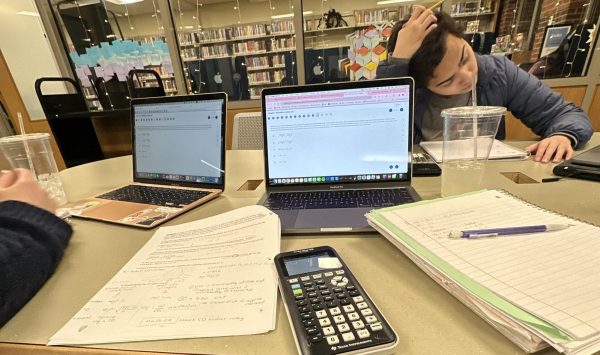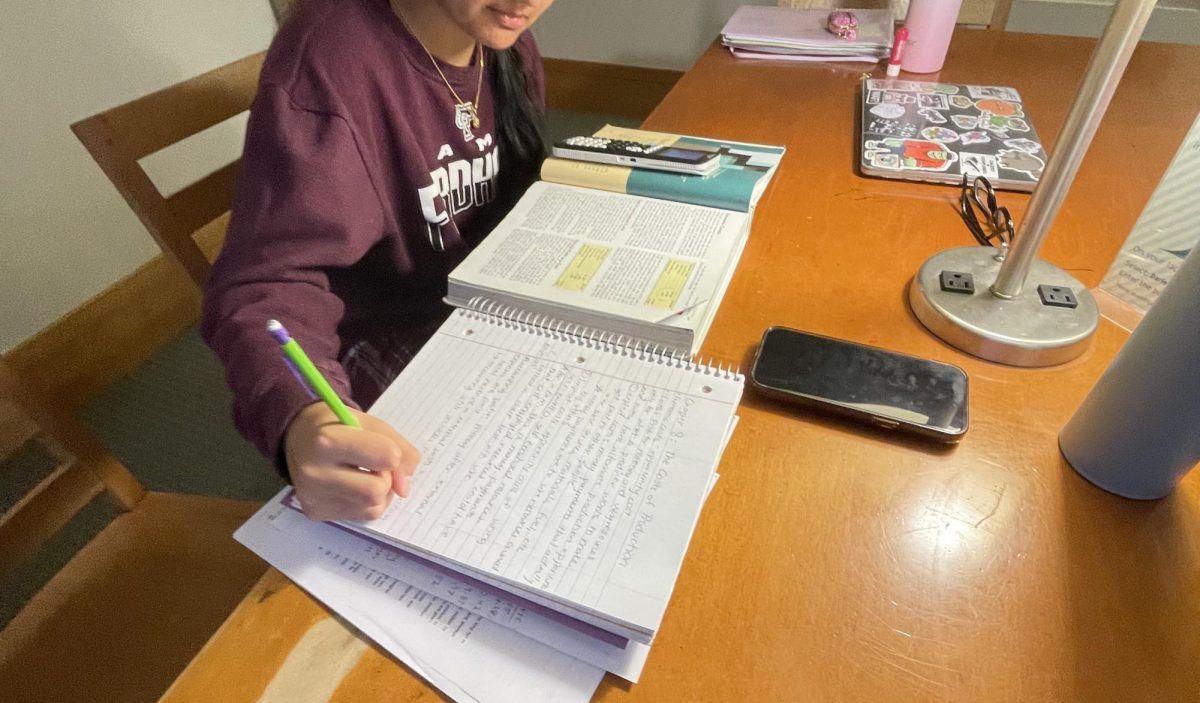As we ease into 2024 with a reading weekend, it seems as though this relaxation is limited with midterms right around the corner. Unlike many schools, Darien High School has midterms after the holiday break.
Sophomore Milana Melnick expressed her preference for having midterms before the winter break. She believes that it would be “beneficial for students to take midterms earlier, as the break often leads to relaxation, causing students to forget crucial information that is tested on the midterms.” Moving midterms to almost a month in advance does pose some logistical issues, like having quarter two either being extremely short, or continuing the quarter after midterms and winter break. With moving midterms to early December, students will not know their final quarter two grade, which may motivate more students to place emphasis on doing well on the midterm.
For a lot of my classes, I need above a C to keep my grade for the semester. Use this grade calculator to see what you need to keep your grade! If midterms took place before second quarter ended, it would keep many students from slacking off as they would not know what score they would need on the midterm to achieve the desired grade.
Junior Lola Byrnes offered a practical suggestion for adjusting the midterm schedule. She proposed having the two exam periods in the morning from “10 AM to 12 PM and 12:30 to 2:30 PM ” so that students ensure they “get a full night’s sleep before the exams and give students the opportunity to study a little more the morning-of to boost confidence.”

Here, issues with logistics strike again. Using the current 8 to 10 AM midterm and 10:30 to 12:30 PM midterm schedule, buses run the same schedule they use when picking students up for a regular school day, which starts at 7:40 AM. The bus schedule would have to be altered to pick students up and drop them off at a later time, which may not be possible.
On the other hand, senior Madison Parker shared a positive perspective on midterms, stating that she “like[s] midterms because [she has] way less school.” Her view resonated with a lot of students. In the two weeks that we have midterms, we only have to be at school for 4.5 hours the days we have exams, which is equivalent to a half day.
For seniors who have two or more free periods, they can leave or sleep in during exam slots where they have no exam, or even not come to school completely on certain days if they have a free period scheduled for both exam slots! 9th through 11th grades also have at least one period free due to most gym/health classes not requiring students to come in during the midterm time.
To gain a comprehensive understanding of the student body’s thoughts on midterms, we sent out a survey to all students via email, and the results are quite revealing. A staggering 91.5% of the 143 respondents varying in grade and gender expressed satisfaction with the current midterm schedule. This overwhelming majority suggests that, despite the stress associated with exams, the general sentiment is positive.
When it comes to the weight of midterms in the overall semester grade, opinions are divided. A majority, 53.8%, believe that the current 10% weight is fair. However, 22.4% argue that midterms should be worth more, while 23.8% think they should be worth less. This divergence of opinions highlights the challenge of finding a consensus on the optimal weight for midterms, and gives administration the tough job of compromising with a percentage that both teachers and students will be happy with.
In terms of timing, the student body is nearly evenly split on whether midterms should be before or after winter break. A close 51.7% of respondents favor keeping the current setup of having midterms after the break. This near-even split reflects the complexity of the issue and the diverse perspectives students hold on the matter, and that the faculty making these decisions cannot please everyone.
As we approach the midterms, it’s evident that students have varying opinions on the current schedule. While some argue for changes to the timing and structure of exams, the majority seems content with the existing setup. The challenge for educators and administrators lies in balancing these diverse perspectives to create an environment that fosters academic success and well-being for all students.







